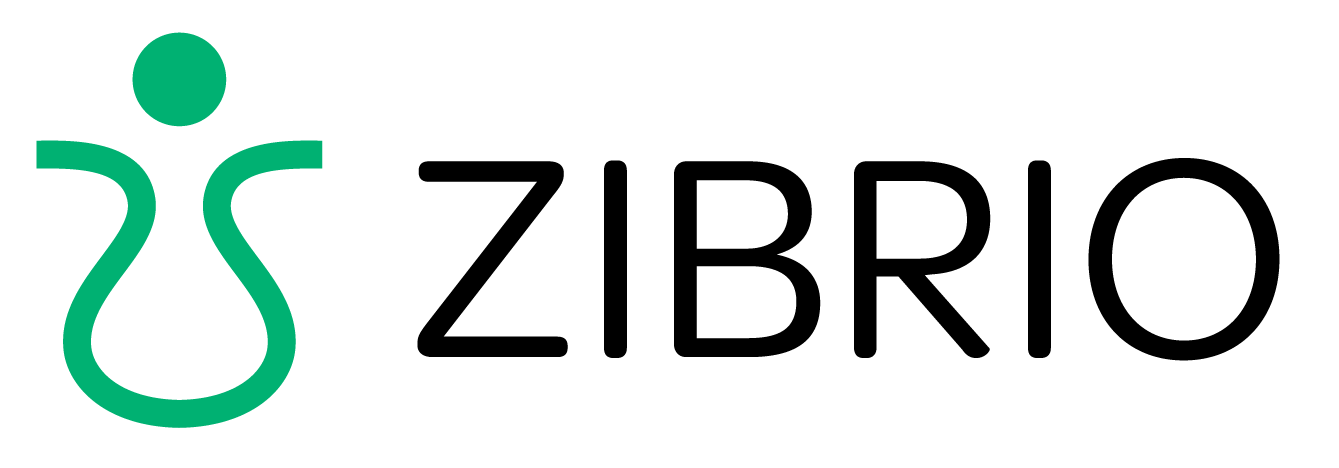5 Key Facts About Vision and Balance
It’s no surprise that balancing is harder with your eyes closed than with them open. But how much do we really understand about the mechanism of visual input into balance and what can be done to protect or improve it? Read on to learn 5 important facts about your vision and your balance as you age.
Vision is a key sensory input for your balance. Together with your inner ear and the soles of your feet, your eyes send signals to your brain about where your body is in relation to the things around you. Often the brain pays more attention to the visual signals than the others (have you ever been sitting in a stationary car and thought for a second you were rolling backwards when it was just the car next to you going forwards? This is an example of the discomfit your brain must deal with when two sensory messages don’t match up). This visual reliance can make us vulnerable in low light situations for example.
Presbyopia, or age-related longsightedness, commonly begins in our 40s and can progress over time. It’s characterized by difficulty clearly seeing objects close to us, such as books or restaurant menus, and is usually managed by using reading glasses for close work.
People who already wear corrective lenses may need to carry more than one pair or opt for varifocals or progressive lenses to manage seeing both close and far objects. But beware, as use of these lenses can make it particularly difficult to judge the distance of curbs or steps, particularly when you first start using them, and have been cited as a fall risk in a number of studies.
Reduced contrast sensitivity is also a typical feature of the aging eye and means that it can be difficult to distinguish the edges of hazards – think of a set of concrete steps, everything is gray, and blends together, making it easier to stumble and fall. It also makes reading small print, arty menus in low-lit restaurants more difficult, but that at least, isn’t a fall risk!
Diseases also affect eyesight, particularly those associated with aging like macular degeneration, glaucoma, cataracts or diabetic retinopathy also play a part in increasing fall risk because vision is compromised. Getting your vision checked annually is an important part of managing your balance health. Your optometrist can advise on suitable care to protect your vision and advise if and when further action may be required.
There was an interesting study which discovered that people were most at risk of falling after receiving new glasses or recent eye surgery. The authors suggest this may be because people feel more confident in their improved vision and suddenly become more active, thereby putting themselves in riskier environments.
Boost your whole balance system. Whilst accepting eyesight deterioration is a natural part of aging, there are ways to protect your balance despite it. This is where it’s important to make sure you use your proprioceptive system by practicing moves where your eyes are not the dominant information input.
Tai chi includes slow movements to the side, backwards and while turning which means that vision is not the primary form of reference, and signals to the brain to pay attention to sensory input from the soles of the feet and the proprioceptive system instead.
A similar process may be at work for people who play ball sports, where the eyes are actively engaged in noticing where the ball is, rather than where the body is, requiring other parts of the balance system to become activated. It is possible that this results in better balance overall.
Fun fact
When dancers do spins, they usually pick a single spot to focus on, ensuring their eyes fix on that spot once in each turn. To master balancing poses in yoga, pick a single point to focus on. To make it harder, move your eyes or your head while holding the pose.
How good is your balance?
If you try standing on one leg you’re likely heavily dependent on your vision to maintain your balance. So that may not be an accurate reflection of your actual balance as you move about your daily life. ZIBRIO created a better and safer way to get an objective measure of how well your whole balance system is working. Learn more about the Stability scale here.

